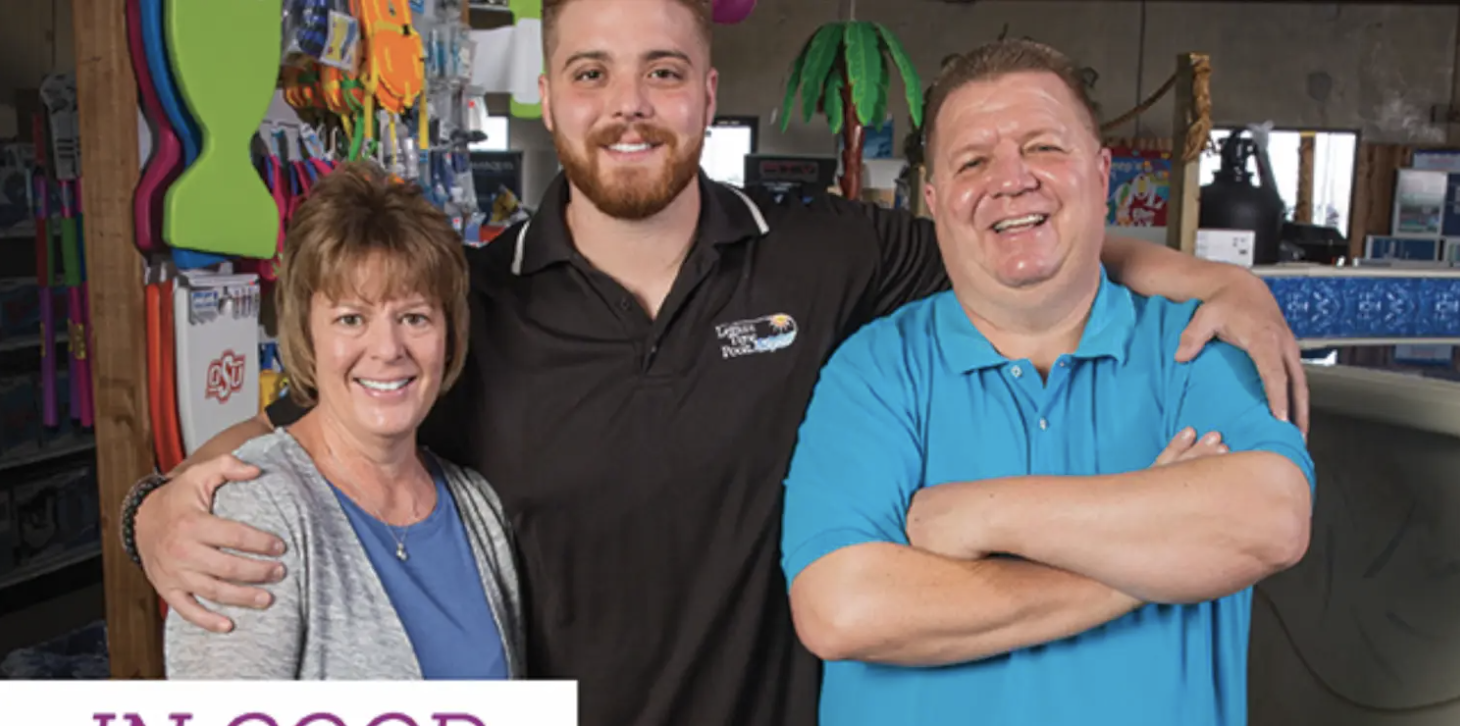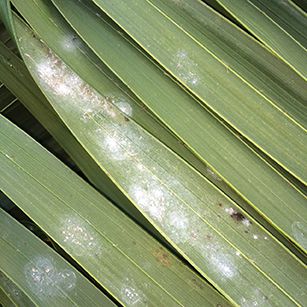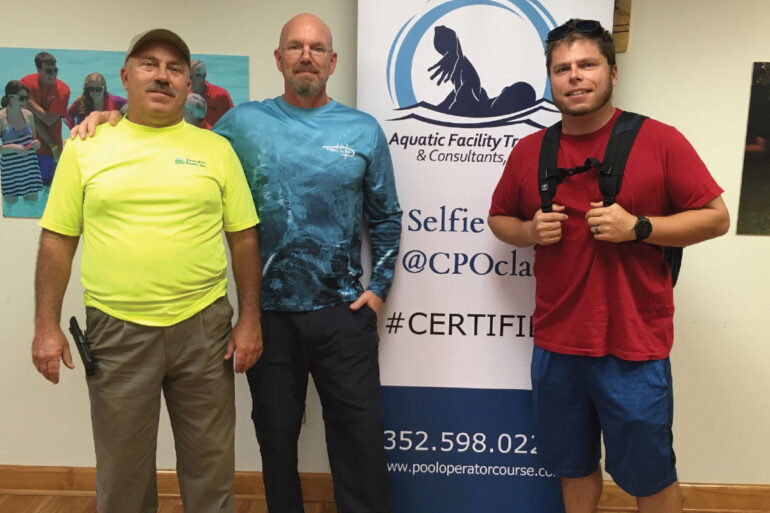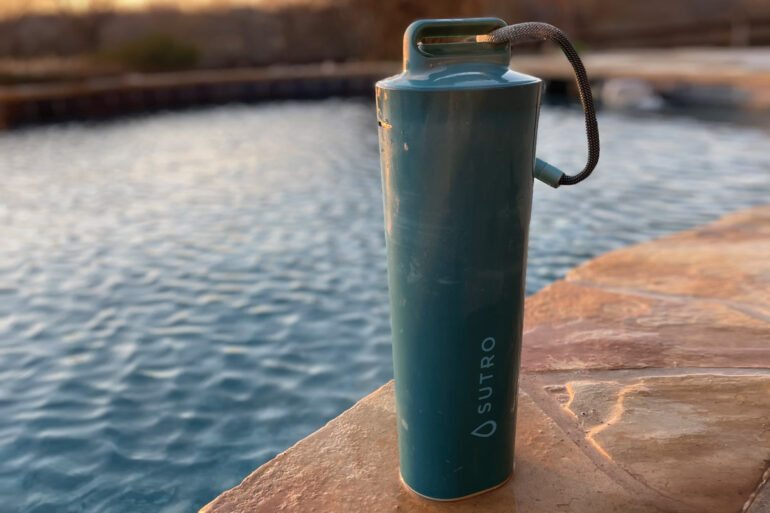Murky Waters
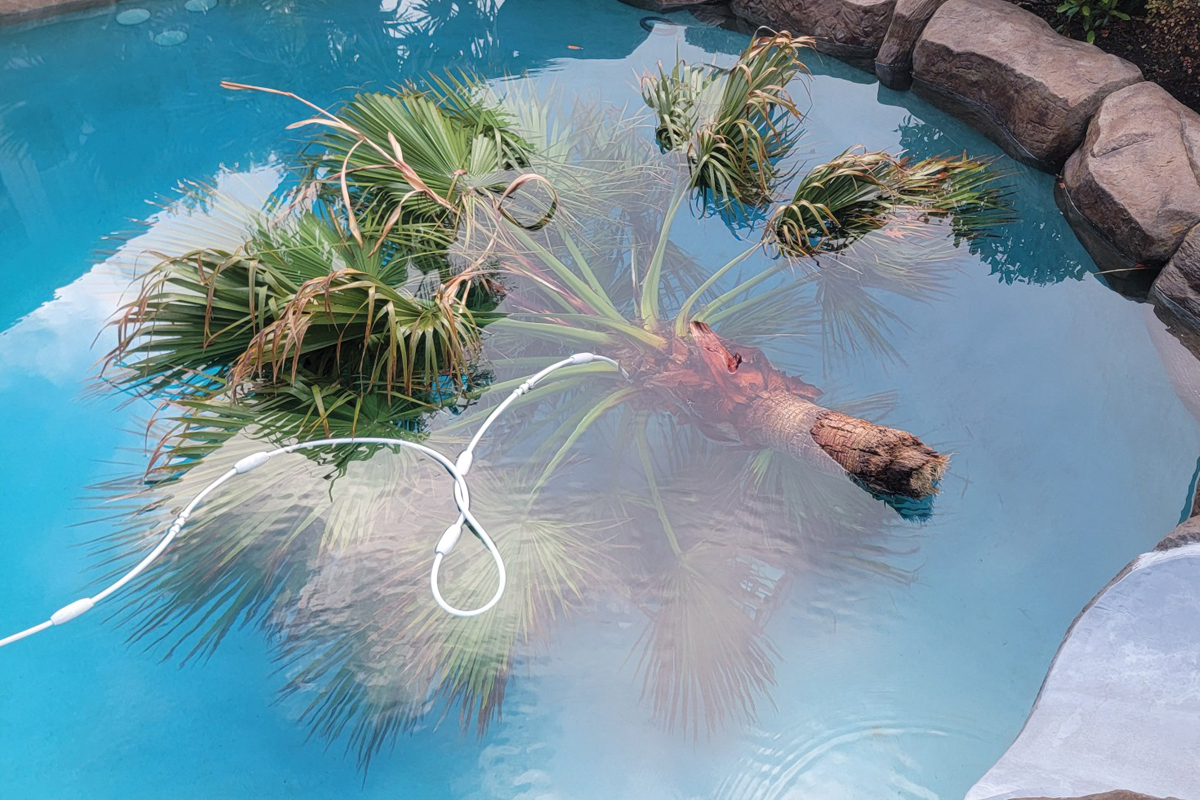
Jacob Grozier has seen a lot of hurricanes in his time as a pool pro. From starting as a one-poler to now managing 500 accounts, Grozier, owner of Swordfish Pool Care in Florida, has seen it all but says witnessing pool damage poststorm can still be jaw-dropping. He says ensuring the safety of his team after a disaster is priority No. 1. Even when the phones are ringing off the hook with customers requesting immediate debris removal, Grozier says checking in on his employees and their families matters most.
He’s also not sending them out before it’s safe, as hurricanes leave behind flooding, downed power lines and road destruction.
“You want to let the road crews clean up; the last thing we want is an accident,” he says before letting his drivers hit their routes. He also tells his crews, “If it looks like a power line is down [by a customer’s home], just leave. We’ll notify the homeowner that we’ll get there when it’s safe.”
Beyond access issues, managing customer expectations is one of the biggest challenges for any disaster-zone pool cleanup. Pools that typically take 20 minutes to service may require two to three hours, sometimes longer.
“Trying to get the customers to understand this isn’t a normal cleanup is challenging,” Grozier says. “No, it’s not price gouging. We can’t do that [service] for the normal rate. We get a lot of pushback. People say, ‘Oh, I’m going to report you to the state for price gouging.’ ”
Grozier says anyone doing disaster clean-up at their normal rate may want to reconsider, as it’s “selling yourself short” for jobs that can be hazardous. Between glass removal, displaced wild animals and physically demanding work, it’s not for the faint-hearted. In some cases, Grozier has seen pools filled with sand that had to be hand-shoveled by a crew.
It’s no surprise that disaster-prone areas can challenge even the most seasoned pool pros.
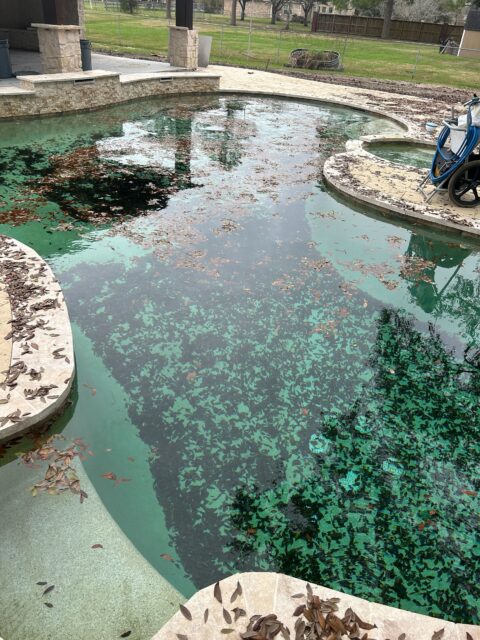
“Disaster-prone areas come with some unique challenges — debris buildup, equipment damage and contamination from floodwaters or ash,” says Dave Mele, president of Pool Scouts in Virginia Beach. “Limited access can also delay response times, making it even more challenging to restore water quality and ensure equipment is operational. After a major event, these things, combined with an increased demand for repairs, can make recovery a time-consuming process.”
For many areas — especially ones impacted by winter storms or seasonal hurricanes — it’s easier for pool pros to prep customer pools, Mele says. “Prevention is key,” Mele says. “Balance the water, shock the pool and remove loose items that could become projectiles. If flooding is a concern, turn off the power to all equipment and secure the area. After the storm, assess the damage before restarting any systems.”
Ensuring a solid homeowner’s policy is in place is also a must. “A good homeowner’s policy should cover structural damage, but verifying coverage for their pool equipment is smart,” Mele says. “For service professionals, general liability and business interruption insurance can help mitigate financial risks during a natural disaster.”
Additionally, sending emails with a preparation checklist — and recovery steps — can help pool pros lessen customer worries. Doing so keeps customers informed and on track before and after a natural disaster, Mele says.
Techs can play an essential role in early preparations — whether for winter storms or seasonal disasters like tornadoes. In Texas, harsh winter storms can wreak havoc on pool equipment, says Edward Garde, senior installation tech for Admiral Pool Services.
To help minimize damage, Admiral techs head out a week before a storm hits to inspect customer pools for freeze protection. Additionally, the company posts a step-by-step winterization checklist and video that gets updated each year for customers to prep their pools.
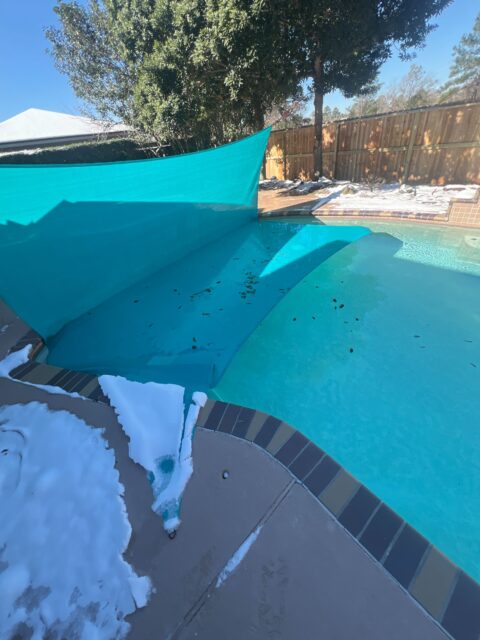
Garde reminds his techs to be mindful of the weather and keep detailed logs of a customer’s pool. Noticing and sharing details if there’s a potential flood threat with a creek nearby or a tree that might cause damage if it falls during a storm are little details that help mitigate major disasters and show a high level of professionalism, Garde says.
“Out here with the extreme wind and rain we get, it can be sunny the first part of the day and then stormy and then sunny again, so we try to plan,” he says. “Watch the weather and see what it’s doing. Get to know backyards, [not just the pools].”
Storm prep is essential, not just for peace of mind but also for efficiency once the storm passes.
Grozier says he also preps his teams — and gathers supplies in advance — to ensure they are ready to go when it’s safe. He advises his techs to get the sturdiest pole and net they can find, along with heavy-duty yard bags.
“Your vacuum is going to get repeatedly clogged,” he says of any disaster debris. “If there’s a lot of yard waste, net out as much as you can before vacuuming.”
He also says pool pros should brace themselves for the shocking ways customers prepare, like throwing entire propane grills into a pool. Grozier says having patience with even the most irrational customer is another must-have skill, especially when “triaging” pools is a fact of life poststorm.
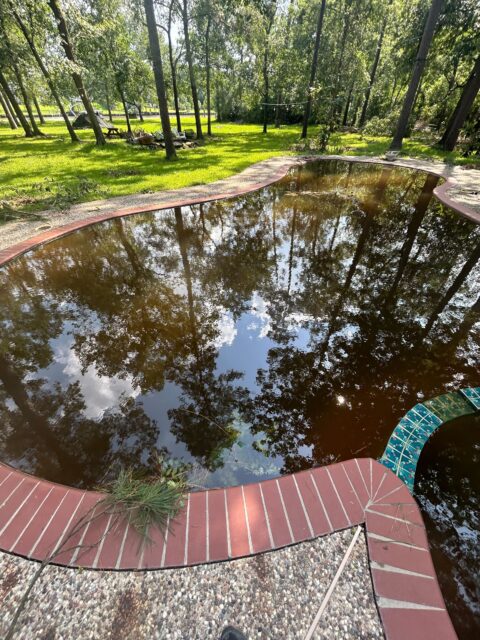
“Everybody on your route is going to want you to be there, right then,” he says. “Clear communication helps. Natural disasters hit, and we are going to work down the list. We’re going to get to each pool. Let the customer know somebody will be out there. We also tell them there are local stores you can go to where you can get shock. We tell them what they should grab.”
Some customers are happy to do that if they know it will get their pool turned around quicker, he says.
Mele agrees that having a plan and postdisaster advice to dole out can make all the difference.
“Prioritize servicing the most severely affected pools as quickly as possible,” he says. “Disasters are unpredictable, but a solid plan makes all the difference. Pool professionals who guide their clients through preparation and recovery build trust and long-term loyalty.”

